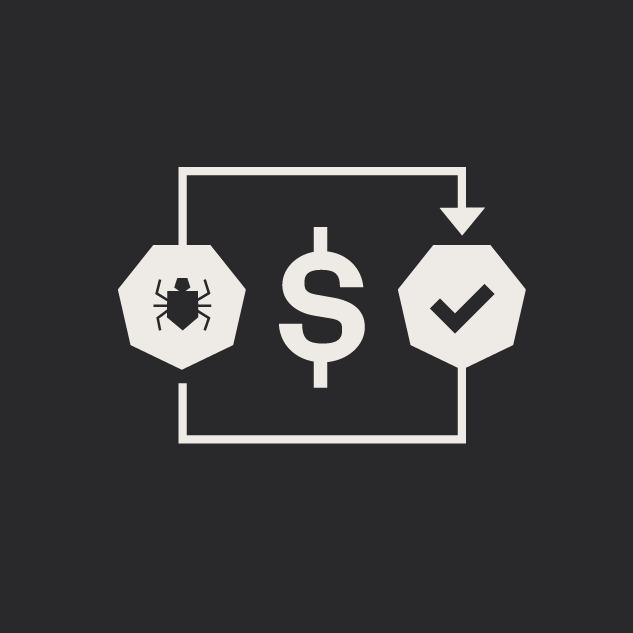
We share some tips on how to make sure the anchor text used in links to your site is helpful rather than harmful to your SEO strategy.
Here on the Diagram blog, we work to keep you updated about the latest news and product releases that affect the world of SEO and pay per click (PPC) advertising, but we also try to explain the concepts that SEO is built on, ensuring that you have the knowledge you need to succeed in ensuring your site can be found in online searches. Today, we’re delving into one of the most fundamental aspects of SEO: the anchor text that is used in links.
What Is Anchor Text, and Why Is It Important?
The world wide web is built around links, whether those are external (links from one site to another site) or internal (links from one page to another page on the same site). Anchor text is a link’s clickable text; for example, the anchor text in the first paragraph of this blog is “the regular upheavals caused by search engine algorithm updates.”
In the earlier days of SEO, a site’s rankings in search results were determined not only by the number of links pointing to that site, but also by the anchor text of those links. Unfortunately, this meant that sites were able to game the system by creating (or paying for) as many links to their site as possible and ensuring that those links used anchor text that contained the keywords they wanted to rank for.
Google’s Penguin algorithm, which was first introduced in 2012, sought to combat these “black hat” SEO practices by devaluing spammy links. Since then, many websites have avoided attempting to build links with keyword rich anchor text, since they are afraid of being penalized. But that doesn’t mean that this practice has died out entirely; anchor text is still an important ranking signal in Google’s algorithms.
Tips for Using Anchor Text
So how do you make sure you’re using anchor text the right way? Here are 3 tips you should follow when building links:
1. Avoid Generic Text
Links that use non-descriptive anchor text are generally unhelpful, both for people and for search engines. When building links to your site, try not to use anchor text like “click here” or “visit this page.” Instead, use your targeted keywords and similar terms as anchor text, letting both users and search engines know what they can expect to find when following that link.
2. Be Relevant While Providing a Good Experience
While including targeted keywords in the anchor text of links to your site can help improve your search rankings, that doesn’t mean you should cram in as many keywords as possible or place these links on sites or pages where they don’t make sense. Make sure these links are used in a way that is relevant to the content of the pages that are linking to your site, and use natural language rather than unwieldy phrases built around keywords you want to target.
For example, if you own a dental practice in St. Louis, Missouri, asking someone to place a link on their page with the anchor text of “Tom Smith dental practice St. Louis oral surgery dental cleaning services” might seem like it would help you by including your targeted keywords, but it won’t look good on their site (no matter what type of content they have), and it won’t provide their users with a helpful experience. Instead, use text that would naturally describe your business, such as “Tom Smith, a highly qualified dentist in St. Louis.”
3. Diversify
If every link to your site contains the same anchor text, search engines might view this as suspicious, since it could be a sign that you’ve paid people to link to you. It’s a good idea to use a variety of different types of anchor text in links to your site, including exact match phrases (the exact keywords or phrases you are targeting), partial match phrases (a phrase that contains your targeted keywords along with other descriptive text), branded links (a link which consists of the name of your company or brand), or related phrases (links using synonyms or other words related to your targeted keywords).
You might also consider occasionally using naked URLs (a link whose text is the actual URL it is linking to, such as “www.wearediagram.com”). These types of links don’t provide much data about relevance, but they can be used when specifically describing the URL of either a site’s home page or a specific page on the site.
Ideally, the anchor text you use should be whatever provides the most value to a site’s user and to people who are using search engines to find information. If you can make sure the links you create to your site are helping people find what they need and accomplish their goals, you and Google will be on the same page, and your search rankings will benefit.
Do you have any questions about anchor text, backlinks, or any other aspect of SEO? Do you want to know how to make sure you’re following the best practices that will help you achieve the best search rankings? Please contact us, and we’ll work with you to create the SEO strategy that will help you find success online.
Related Posts

The 3 Main Types of SSL Certificates to Know
Learn about the 3 main types of SSL certificates to help you decide which one is best for your business.

5 Tips for Quality Assurance ROI
ROI for software quality assurance can be improved exponentially if you follow our five steps. Click to read more.
Results Matter.
We design creative digital solutions that grow your business, strengthen your brand and engage your audience. Our team blends creativity with insights, analytics and technology to deliver beauty, function, accessibility and most of all, ROI. Do you have a project you want to discuss?
Like what you read?
Subscribe to our blog "Diagram Views" for the latest trends in web design, inbound marketing and mobile strategy.
